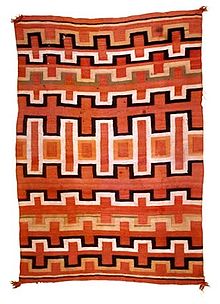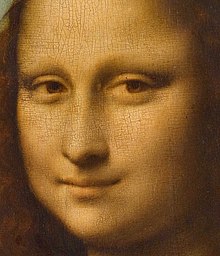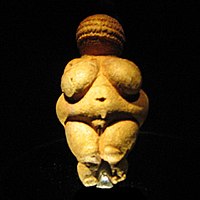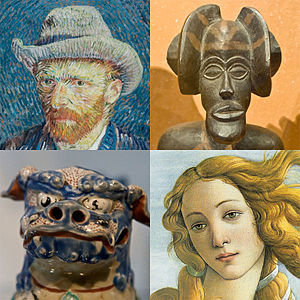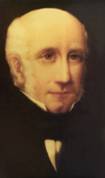"K2T Wisata"
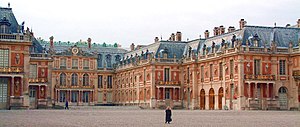
Versailles: Louis Le Vau opened up the interior court to create the expansive entrance cour d'honneur, later copied all over Europe.
Art has been perceived by some as belonging to some social classes and often excluding others. In this context, art is seen as an upper-class activity associated with wealth, the ability to purchase art, and the leisure required to pursue or enjoy it. For example, the palaces of Versailles or the Hermitage in St. Petersburg with their vast collections of art, amassed by the fabulously wealthy royalty of Europe exemplify this view. Collecting such art is the preserve of the rich, or of governments and institutions.


